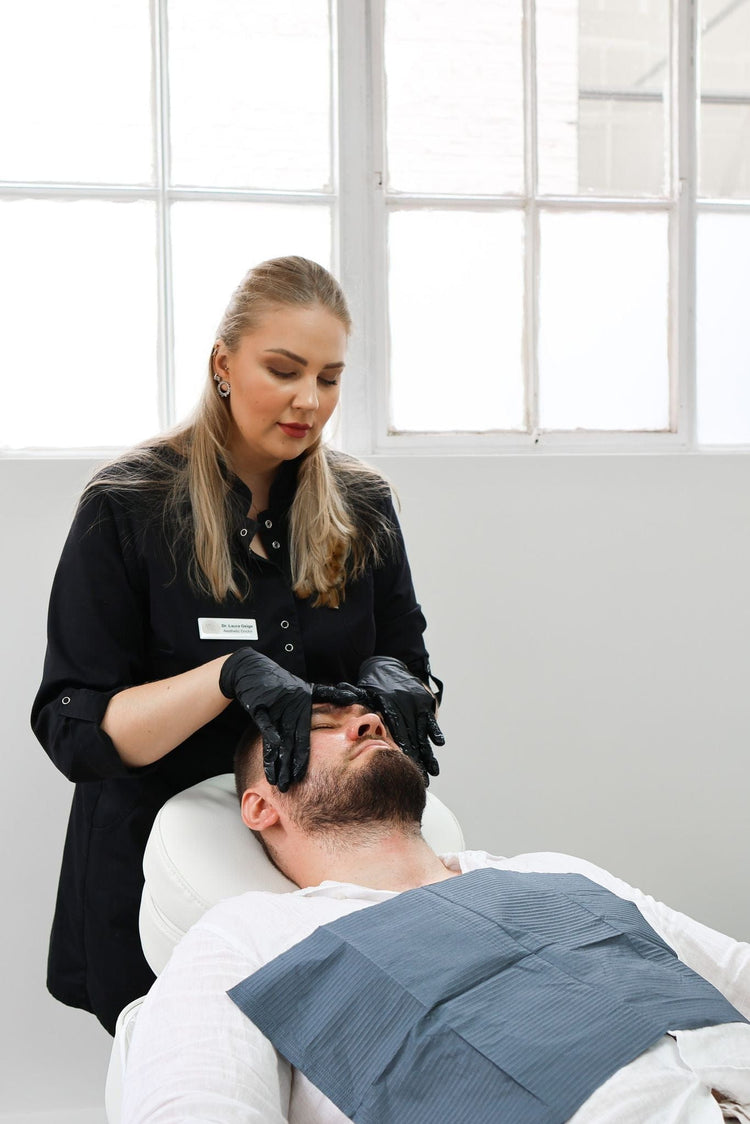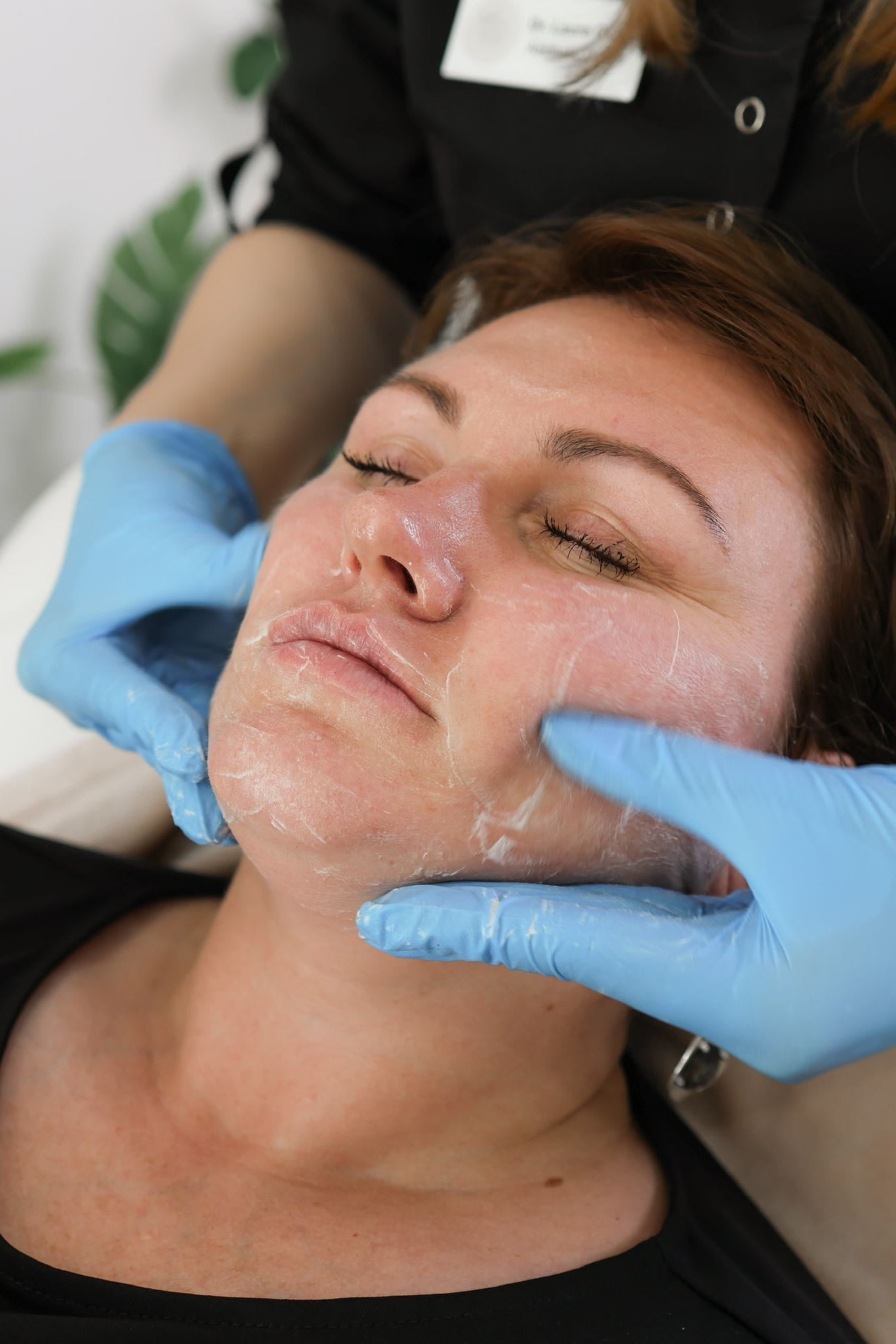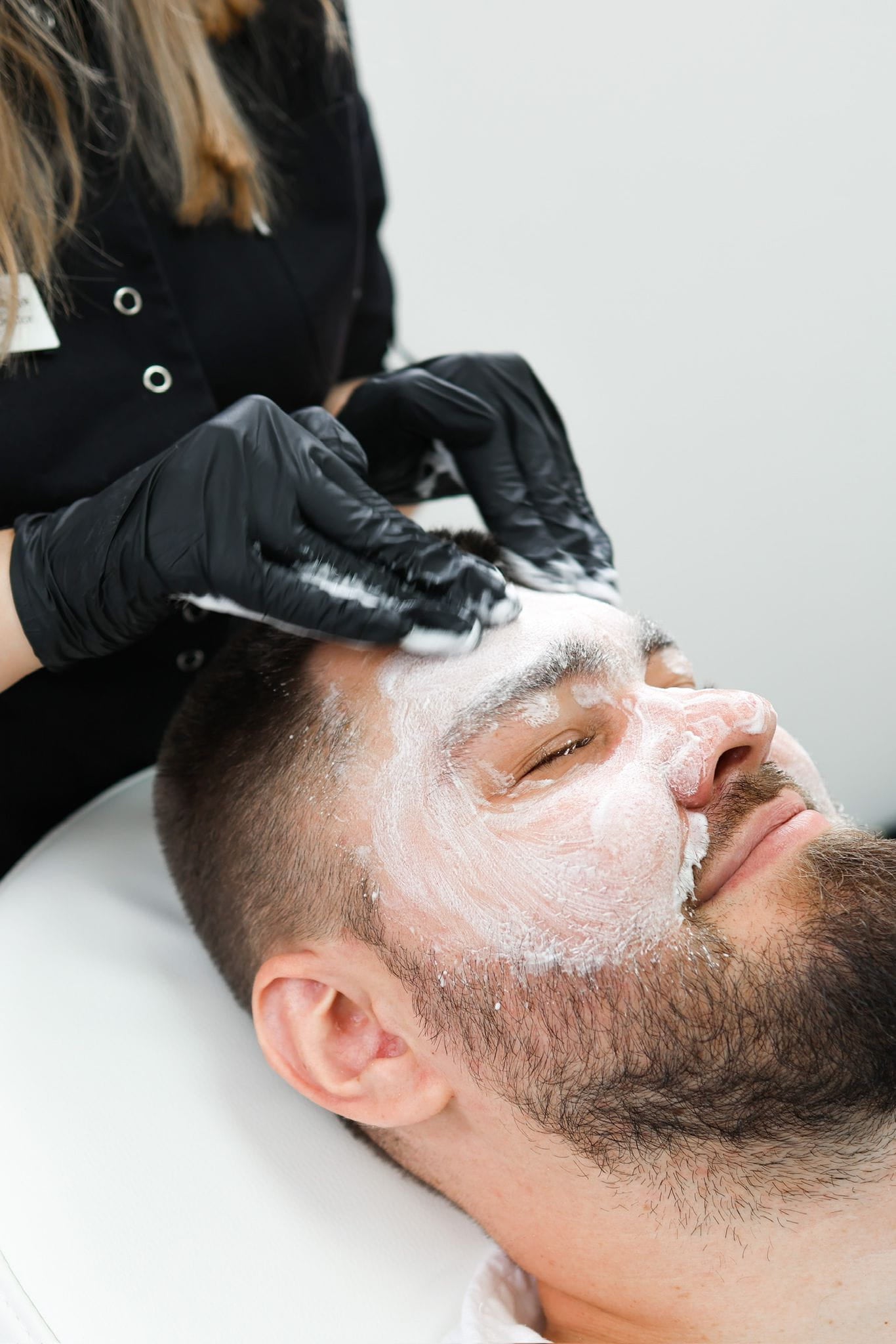Managing Common Side Effects
While the Nu-Derm Skin System offers promising results for improving skin health, some users may experience side effects during their treatment journey. Understanding common side effects and implementing effective management strategies can help ensure a smoother and more comfortable experience. This guide will provide valuable insights on how to navigate and address these potential side effects, empowering you to maximize the benefits of the Nu-Derm Skin System in Surrey.
Redness and Irritation
Redness and irritation are common side effects experienced by some individuals using the Nu-Derm Skin System. These reactions typically occur as the skin adjusts to the treatment process. To minimize discomfort, it’s important to follow the instructions provided by your practitioner carefully. Applying a gentle moisturizer after each treatment session can help soothe the skin and reduce inflammation. Avoiding harsh soaps or cleansers that may further irritate the skin is also crucial.
If redness and irritation persist or worsen, consult with your practitioner immediately. They may adjust the treatment regimen or recommend additional measures to alleviate your discomfort.
Dryness and Flaking
Dryness and flaking are also common side effects associated with the Nu-Derm Skin System. These occur because the treatments promote skin cell turnover, leading to increased shedding of dead skin cells.
To combat dryness, it’s essential to keep the skin well hydrated. Use a gentle, fragrance-free moisturizer several times a day, especially after cleansing or showering. You can also incorporate hydrating serums or oils into your skincare routine. Avoid exfoliating during treatment as this can exacerbate dryness and flaking.
If dryness persists or becomes bothersome, consult with your practitioner. They may recommend using a more hydrating moisturizer or adjusting the frequency of treatments to allow your skin time to recover.
Sensitivity to the Sun
Sensitivity to the sun is another common side effect of the Nu-Derm Skin System. The treatment can increase your skin’s sensitivity to ultraviolet (UV) radiation from the sun, making you more prone to sunburn and other sun-related damage.
To minimize sun sensitivity, it’s crucial to practice diligent sun protection measures throughout your treatment and for several weeks after completing it.
- Wear broad-spectrum sunscreen with an SPF of 30 or higher every day, even on cloudy days.
- Seek shade, particularly during peak sun hours (10 a.m. to 4 p.m.).
- Cover exposed skin with protective clothing, such as long sleeves, pants, and a wide-brimmed hat.
- Avoid tanning beds and sunlamps.
If you experience any signs of sunburn, such as redness, pain, or blistering, discontinue sun exposure immediately and seek medical advice if necessary.
Minimizing Side Effects
Minimizing side effects is essential for a successful and comfortable treatment experience with the Nu-Derm Skin System in Surrey. Understanding common reactions and implementing effective management strategies can help maximize the benefits of this skin health solution.

Proper Product Usage
Proper product usage plays a crucial role in minimizing side effects associated with the Nu-Derm Skin System. Always adhere to the instructions provided by your practitioner regarding application techniques, frequency of use, and duration of treatment.
It’s important to introduce the products gradually into your skincare routine. Start with less frequent applications and monitor your skin’s response. If any adverse reactions occur, reduce the frequency or temporarily discontinue use and consult your practitioner for guidance.
Be mindful of potential interactions between the Nu-Derm Skin System and other skincare products you are using. Some ingredients may interfere with the treatment or exacerbate side effects. Discuss your complete skincare regimen with your practitioner to ensure compatibility and safety.
Patch Testing
Patch testing is a valuable tool for identifying potential allergic reactions or sensitivities before starting treatment with the Nu-Derm Skin System.
To perform a patch test, apply a small amount of the product to a discreet area of skin, such as the inside of your forearm or behind your ear. Observe the area closely over the next 24-48 hours for any signs of irritation, redness, itching, or swelling.
If no adverse reactions occur within this timeframe, it’s generally safe to proceed with full treatment. However, if you notice any concerning symptoms, discontinue use immediately and consult your practitioner.
Sun Protection
While the Nu-Derm Skin System offers promising results for improving skin health, some users may experience side effects during their treatment journey. Understanding common side effects and implementing effective management strategies can help ensure a smoother and more comfortable experience. This guide will provide valuable insights on how to navigate and address these potential side effects, empowering you to maximize the benefits of the Nu-Derm Skin System in Surrey.
Redness and irritation are common side effects experienced by some individuals using the Nu-Derm Skin System. These reactions typically occur as the skin adjusts to the treatment process. To minimize discomfort, it’s important to follow the instructions provided by your practitioner carefully. Applying a gentle moisturizer after each treatment session can help soothe the skin and reduce inflammation. Avoiding harsh soaps or cleansers that may further irritate the skin is also crucial.

If redness and irritation persist or worsen, consult with your practitioner immediately. They may adjust the treatment regimen or recommend additional measures to alleviate your discomfort.
Dryness and flaking are also common side effects associated with the Nu-Derm Skin System. These occur because the treatments promote skin cell turnover, leading to increased shedding of dead skin cells.
To combat dryness, it’s essential to keep the skin well hydrated. Use a gentle, fragrance-free moisturizer several times a day, especially after cleansing or showering. You can also incorporate hydrating serums or oils into your skincare routine. Avoid exfoliating during treatment as this can exacerbate dryness and flaking.
If dryness persists or becomes bothersome, consult with your practitioner. They may recommend using a more hydrating moisturizer or adjusting the frequency of treatments to allow your skin time to recover.
Sensitivity to the sun is another common side effect of the Nu-Derm Skin System. The treatment can increase your skin’s sensitivity to ultraviolet (UV) radiation from the sun, making you more prone to sunburn and other sun-related damage.
To minimize sun sensitivity, it’s crucial to practice diligent sun protection measures throughout your treatment and for several weeks after completing it.
- Wear broad-spectrum sunscreen with an SPF of 30 or higher every day, even on cloudy days.
- Seek shade, particularly during peak sun hours (10 a.m. to 4 p.m.).
- Cover exposed skin with protective clothing, such as long sleeves, pants, and a wide-brimmed hat.
- Avoid tanning beds and sunlamps.
If you experience any signs of sunburn, such as redness, pain, or blistering, discontinue sun exposure immediately and seek medical advice if necessary.
Proper product usage plays a crucial role in minimizing side effects associated with the Nu-Derm Skin System. Always adhere to the instructions provided by your practitioner regarding application techniques, frequency of use, and duration of treatment. It’s important to introduce the products gradually into your skincare routine. Start with less frequent applications and monitor your skin’s response. If any adverse reactions occur, reduce the frequency or temporarily discontinue use and consult your practitioner for guidance.Be mindful of potential interactions between the Nu-Derm Skin System and other skincare products you are using. Some ingredients may interfere with the treatment or exacerbate side effects. Discuss your complete skincare regimen with your practitioner to ensure compatibility and safety.
Patch testing is a valuable tool for identifying potential allergic reactions or sensitivities before starting treatment with the Nu-Derm Skin System.
To perform a patch test, apply a small amount of the product to a discreet area of skin, such as the inside of your forearm or behind your ear. Observe the area closely over the next 24-48 hours for any signs of irritation, redness, itching, or swelling.
If no adverse reactions occur within this timeframe, it’s generally safe to proceed with full treatment. However, if you notice any concerning symptoms, discontinue use immediately and consult your practitioner.
Addressing Severe Reactions
While the Nu-Derm Skin System offers promising results for improving skin health in Surrey, some individuals may experience side effects during their treatment journey. Understanding these potential reactions and implementing appropriate management strategies can help ensure a smoother and more comfortable experience. This guide will provide valuable insights into common side effects associated with the Nu-Derm Skin System and offer practical tips for addressing them.
When to Consult a Professional
Severe reactions to the Nu-Derm Skin System are rare, but it’s important to be aware of when professional medical advice is needed. Seek immediate medical attention if you experience any of the following:

- Difficulty breathing or swallowing
- Swelling of the face, lips, tongue, or throat
- Hives or a severe rash
- Intense pain or burning sensation
- Signs of infection, such as pus or increasing redness
These symptoms may indicate an allergic reaction or a more serious medical condition requiring prompt treatment.
Treatment Options
Severe reactions to the Nu-Derm Skin System are rare, but it’s important to be aware of when professional medical advice is needed. Seek immediate medical attention if you experience any of the following:
- Difficulty breathing or swallowing
- Swelling of the face, lips, tongue, or throat
- Hives or a severe rash
- Intense pain or burning sensation
- Signs of infection, such as pus or increasing redness
These symptoms may indicate an allergic reaction or a more serious medical condition requiring prompt treatment.
In the event of a severe reaction, do not attempt to self-treat. Call emergency services or proceed to the nearest hospital immediately.
- Is Baby Botox The Right Treatment For You In Surrey? - September 29, 2025
- Filler For Volume Loss In Walton-on-Thames, Surrey - September 28, 2025
- Downturned Smile Treatment Near Shirley, Surrey - September 26, 2025
